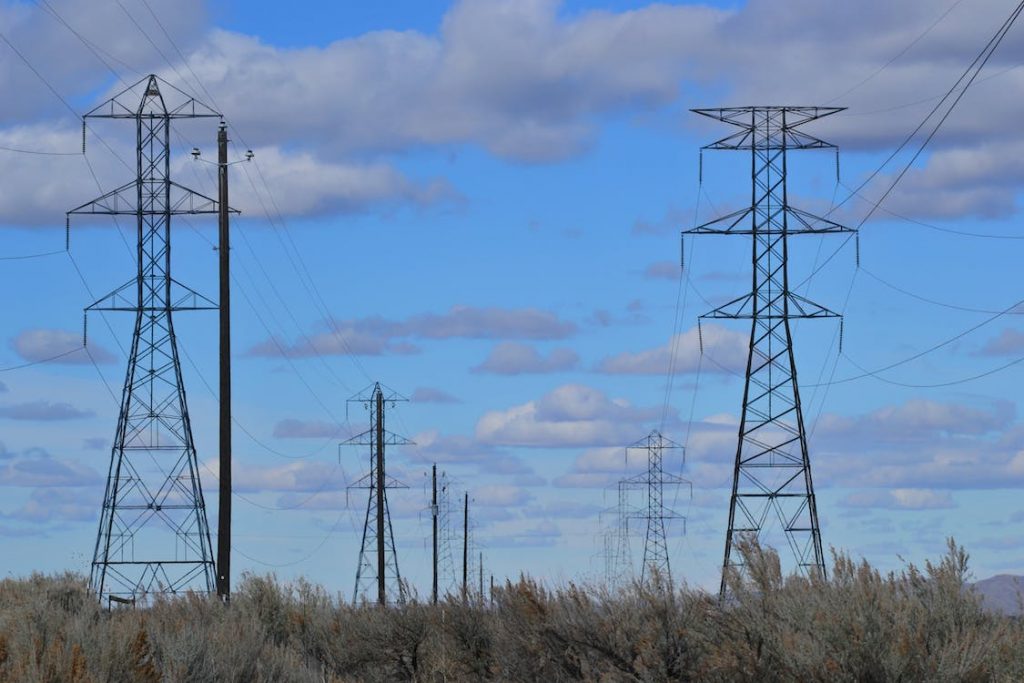The downward trend in electricity demand continues
Electricity demand in Spain fell by 1.3% in August compared to the same month last year, after adjusting for temperature and working days. Looking at the year to date, Spain has recorded demand of 164,232 GWh, 4.1% less than in the same period in 2022. Excluding the effects of the calendar and temperatures, demand fell by 3.5%[1].
If we analyze the sectoral evolution of electricity demand among large consumers using the IRE indicator [2], July saw a year-on-year drop of 9.2% compared to the 10.4% contraction recorded in June. Over the last 12 months, the decline has been 10.2%, with 11.2% associated with industry and 10.2% with the service sector.
There are three main reasons for this downward trend in demand:
- Increased self-consumption. Self-consumption installations, domestic, tertiary and industrial, have increased exponentially during 2022 and 2023. All self-consumed electricity generation has a direct impact on the demand data recorded by REE, although there is currently no model that can discriminate the impact of self-consumption generated. To have some reference figures, self-consumption at residential level accounted for 1024 MW in 2022 and industrial 1625 MW. In 2022, the accumulated self-consumption facilities generated 4,564 GWh, an electricity production figure equivalent to 1.8% of the electricity demand according to APPA Renovables[3].
- Improving energy efficiency. Industry has been doing its homework on energy efficiency for years. The main reason is that it has a direct impact on their costs and competitiveness. This is reflected in the energy intensity data referring to final energy in Spain: in the year 2000 the energy intensity was 123.5 toe/M€ and in the year 2018 it was 69.8 toe/M€, which shows an average decrease factor of 3.2% per year[4].
- Industrial activity slowing down. Economic activity in Eurozone industry is slowing down: in July it showed signs of deceleration again for the fourth consecutive month, mainly due to weak demand and above all to the foreign market and orders. One of the factors behind the drop in sales was a reduction in demand from the foreign market. Companies have responded to this situation by decreasing purchases and also cutting back on payrolls for the second consecutive month.
The drop in electricity demand we are seeing is due to several factors, ranging from economic and seasonal factors to changes in consumption habits and energy policies. The combination of several of these factors will have a significant impact on the evolution of demand. It will therefore be necessary to keep an eye on how these indicators evolve to see if the downward trend consolidates.
[1] REE data. Red Eléctrica de España. https://www.ree.es/es
[2] Electricity Grid Index. Indicator that aims to provide advanced information on the evolution of the set of companies with an average/high electricity consumption as well as their activity breakdown (industrial activities and services).
[3]APPA Renovables. Association of Renewable Energy Companies. https://www.appa.es/
[4]The energy transition catalunya. Industrial Engineers of Catalonia.
You may be interested in:
